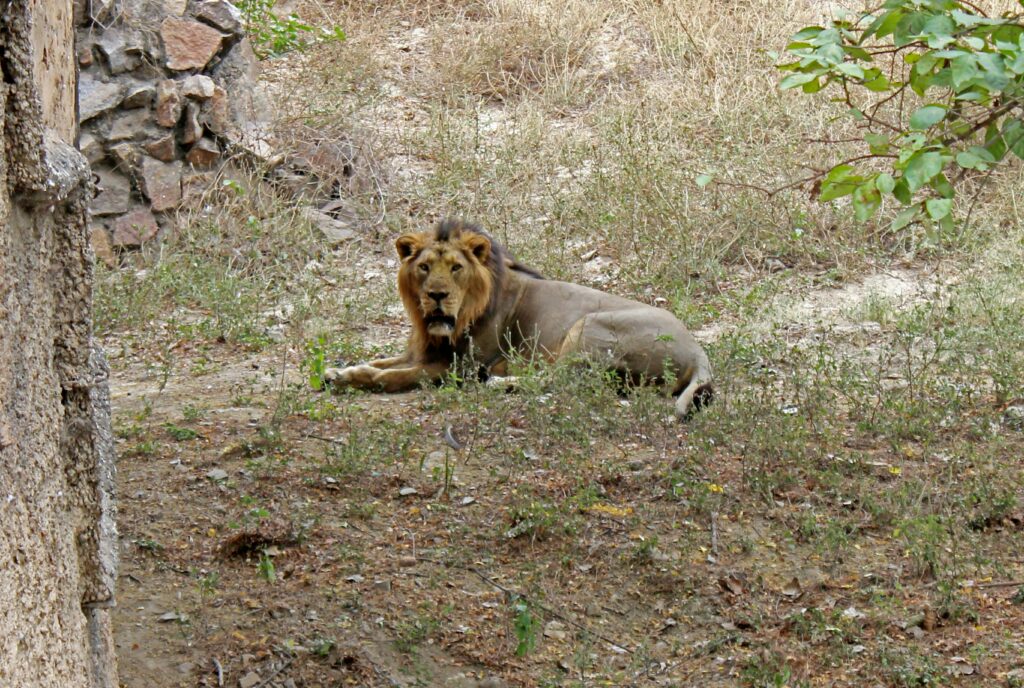If spotting the majestic Asiatic lion is on your bucket list, timing your trip around the Best Time to Visit Gir National Park can make all the difference. Located in Gujarat’s Junagadh district, Gir is the only place in the world where these regal predators roam freely in the wild. But beyond lions, the park is home to leopards, deer, crocodiles, and over 300 bird species—making it a paradise for wildlife lovers.
Whether you’re a photographer, nature enthusiast, or first-time safari-goer, understanding Gir’s seasonal rhythm ensures a richer, more comfortable experience.
🧭 Why Timing Matters in Gir National Park
Gir’s climate swings from scorching summers to lush monsoons and crisp winters. Each season offers a different lens on the landscape and wildlife behavior:
- Better wildlife sightings: Animals are more active and visible during certain months.
- Comfortable safaris: Cooler weather means longer, more enjoyable drives.
- Birdwatching opportunities: Migratory birds arrive in winter, transforming the park into a birding hotspot.
- Park accessibility: Gir closes during monsoon, so planning ahead is essential.
🌤️ Season-by-Season Guide: Best Time to Visit Gir National Park
Let’s break down what each season offers:
1. Winter (November to February) – Peak Season
This is widely considered the best time to visit Gir National Park. With temperatures ranging from 10°C to 22°C, the weather is cool, dry, and perfect for safaris.
- Wildlife Activity: Lions bask in the sun, leopards are more visible, and herbivores gather near waterholes.
- Birdwatching: Kamleshwar Dam becomes a haven for flamingos, pelicans, storks, and other migratory birds.
- Travel Tip: Book safaris and accommodations early—this is the busiest season.
2. Summer (March to June) – For the Bold & Patient
Temperatures can soar to 42°C, especially in May. While the heat can be intense, it also drives animals to water sources, increasing chances of sightings.
- Wildlife Advantage: Lions and leopards are often spotted near waterholes during early mornings and late evenings.
- Photography Edge: Sparse vegetation offers clearer views of animals.
- Travel Tip: Safaris are best done at dawn or dusk. Carry sun protection and stay hydrated.
3. Monsoon (Mid-June to Mid-October) – Park Closed
Gir National Park remains closed during the monsoon to allow the ecosystem to regenerate. Heavy rains make the terrain unsafe and wildlife less predictable.
- Alternative: The Devaliya Safari Park (Gir Interpretation Zone) remains open and offers controlled wildlife viewing, including lions.
- Landscape: The forest turns lush and green, but sightings are limited.
🦁 Wildlife Sightings by Season
| Season | Lions | Leopards | Herbivores | Birds |
| Winter | High | Moderate | High | Very High |
| Summer | Very High | High | Moderate | Moderate |
| Monsoon | Low (Park Closed) | Low | Low | High (in Devaliya) |
🧳 What to Pack Based on Season
Here’s a quick checklist to keep your safari comfortable:
- Winter: Light woolens, binoculars, camera gear
- Summer: Cotton clothes, sunscreen, hat, water bottle
- Monsoon: Raincoat, waterproof shoes (for Devaliya visits)
📅 Ideal Safari Timings
- Morning Safari: 6:30 AM – Best for lion sightings and cooler temperatures
- Evening Safari: 3:00 PM – Great for photography and golden hour views
🌱 Responsible Travel Tips
Gir is a protected ecosystem—traveling mindfully helps preserve its magic:
- Avoid loud noises and sudden movements during safaris
- Never feed or provoke wildlife
- Carry reusable items and avoid plastic
- Respect park rules and guides’ instructions


